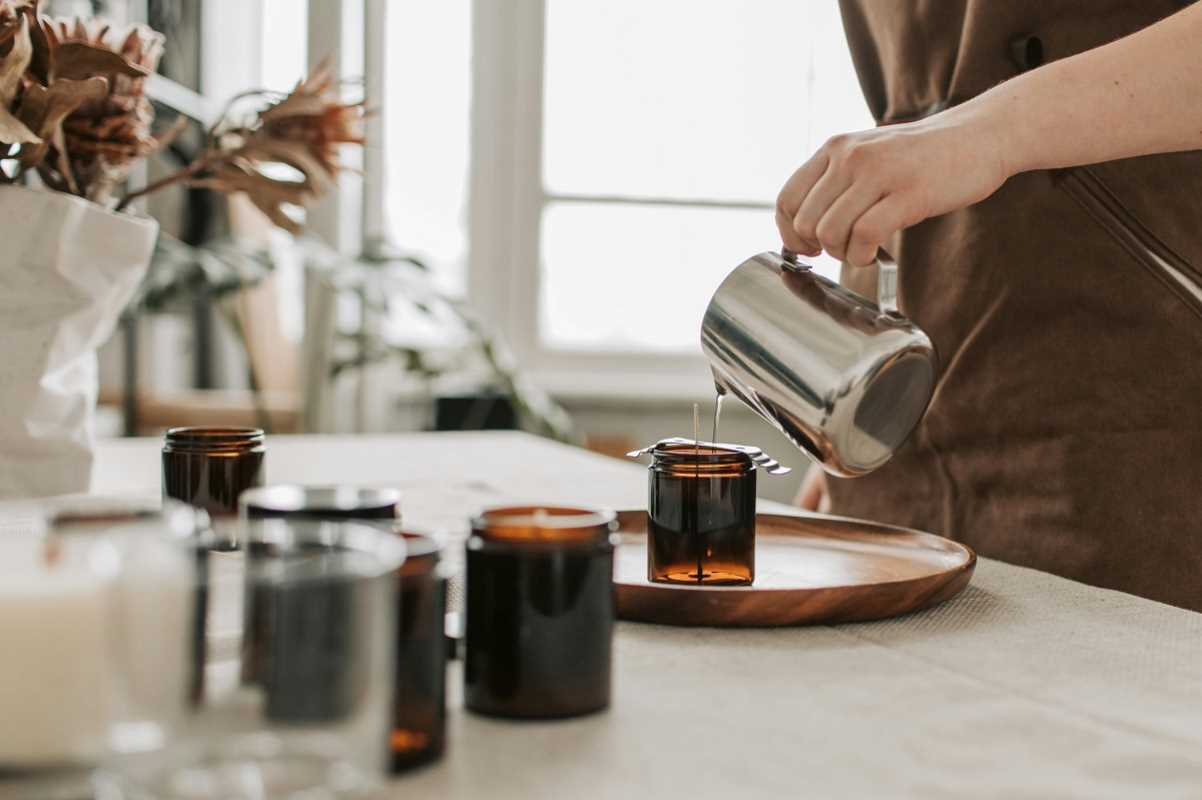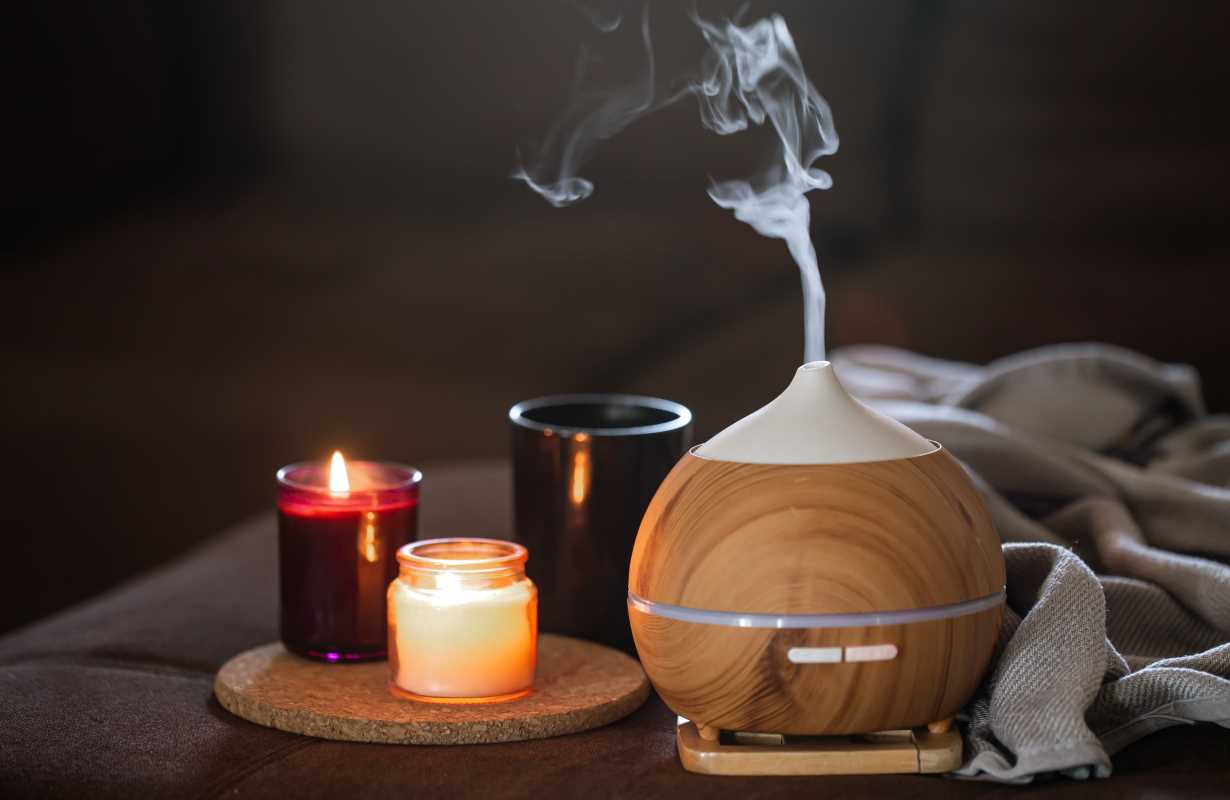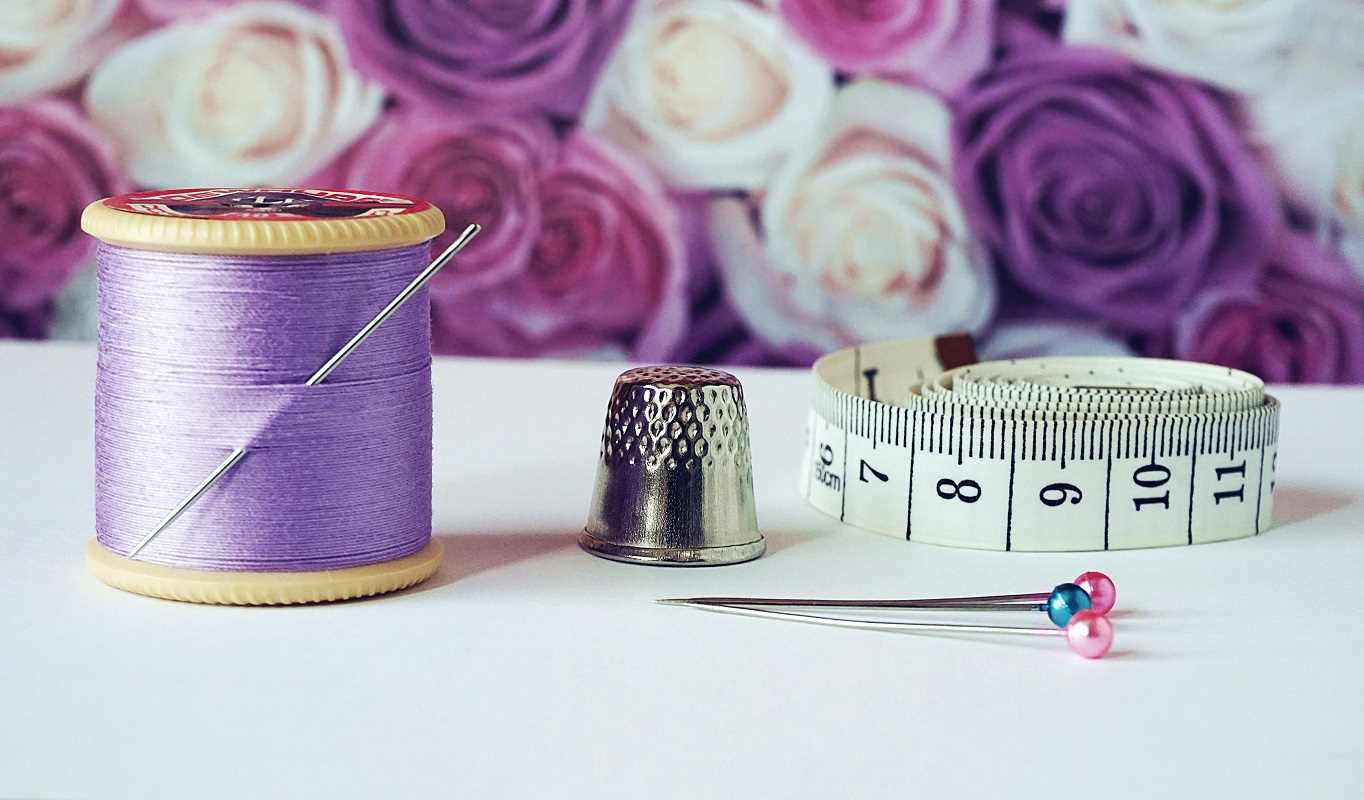The act of creating something with your hands is profoundly therapeutic. It engages your senses, fosters creativity, and invites mindfulness into the moment. Candle making is one such practice that seamlessly combines artistry and relaxation. Beyond the warm glow of the finished product, it’s the process itself that serves as a meditative antidote to modern stress. With its careful, repetitive steps and opportunities for creative expression, candle making is more than a craft; it’s a way to find balance and calm.
Why Candle Making is a Meditative Hobby
Candle making requires your full attention. Measuring wax, selecting fragrances, and carefully pouring the molten mixture into molds or containers are steps that demand focus and a steady pace. This attention to detail has an almost meditative quality, pulling you out of overthinking and anchoring you in the present moment. The process is immersive, sensory, and rewarding, making it an ideal hobby for those seeking to ease an overactive mind.
The activity also enhances your connection to your senses. From the sound of wax gently melting to the soothing aroma of your chosen fragrance, every stage engages the mind in a calming way. By tapping into your creativity and focusing on each step, candle making encourages mindfulness, leaving you feeling refreshed and accomplished.
Getting Started with Candle Making
If the idea of creating candles intrigues you, the good news is that getting started with this hobby is simple. Here’s a breakdown of the core materials and steps to guide you through the basics.
Materials You’ll Need
- Wax
- The type of wax you choose impacts the candle’s texture, scent throw, and burning characteristics. Popular options include soy wax (eco-friendly and clean-burning), beeswax (all-natural with a mild honey scent), and paraffin wax (widely available and affordable).
- Wicks
- The wick determines how well your candle burns. Ensure your wick size matches the diameter of your container or mold for an even flame. Cotton and wood wicks are both popular options.
- Fragrances or Essential Oils
- Scented candles are a feast for the senses. Choose fragrances that evoke relaxation, such as lavender, chamomile, or vanilla. Essential oils offer natural scents, while fragrance oils provide a wider range of creative possibilities.
- Coloring Agents (Optional)
- Add a splash of color to your candles by using dye chips, liquid dyes, or natural options like crushed herbs or spices.
- Containers or Molds
- Glass jars, tins, or silicone molds work wonderfully for holding your creations. Recycled items such as mason jars or teacups add a personal, eco-friendly touch.
- Double Boiler or Melting Pot
- A double boiler setup prevents wax from scorching as it melts. If you don’t own one, improvise by placing a metal saucepan inside a larger pan filled with water.
- Thermometer
- Accurate temperature control is crucial for ensuring your wax melts and cools properly.
- Stirring Stick
- Use a wooden or metal stirrer to mix the wax, fragrance, and dye safely.
The Candle-Making Process
Candle making is a step-by-step process. Each stage requires focus, making it an excellent opportunity for mindfulness. Here’s a beginner-friendly guide to creating your own candle:
Step 1: Prepare Your Workspace
Set up a clean, flat workspace with good ventilation. Lay down newspaper or a silicone mat to protect surfaces from spills, and have all the materials within reach.
Step 2: Measure and Melt the Wax
Using your double boiler or melting pot, heat the wax gently until it melts, stirring occasionally. Keep an eye on the temperature. For most wax types, you’ll want it to be between 130°F and 200°F, depending on the specific wax instructions.
Step 3: Add Fragrance and Coloring
Once melted, remove the wax from the heat and allow it to cool slightly (typically to around 130°F–170°F). Add your fragrance oil or essential oils and stir for about 30 seconds to ensure an even distribution. If you want to add color, now is the time to mix in dye chips or natural agents.
Step 4: Prepare Your Container
While your wax cools, secure the wick in your container or mold. Use a dab of glue or a wick sticker at the base to hold it in place. A wick holder or chopstick across the top of the container can keep the wick centered.
Step 5: Pour the Wax
Slowly pour the melted wax into your container, being careful not to spill or dislodge the wick. Leave a small gap at the top to prevent overflow. Pouring slowly also minimizes the formation of air bubbles.
Step 6: Allow the Candle to Set
Leave the candle undisturbed to set for about 24 hours. This is the perfect opportunity to observe patience and mindfulness, appreciating the slower pace of the process.
Step 7: Trim the Wick and Enjoy
Once the wax has hardened completely, trim the wick to about 1/4 inch above the surface. Your handmade candle is now ready to light, gift, or simply admire.
Candle Making Kits to Simplify the Process
For beginners or those looking to streamline the process, candle making kits are an excellent option. These kits provide all the essential materials conveniently packaged together, saving you the time and effort of sourcing each item individually. They’re also a fantastic way to explore the craft if you’re not sure where to start.
What to Expect in a Candle Making Kit
Most kits include the following items:
- Wax (such as soy, beeswax, or paraffin)
- Wicks of appropriate size for provided containers
- Containers or molds (like jars or tins)
- Fragrance oils in popular scents like lavender, rose, and citrus
- Dyes for color customization (optional in many kits)
- Tools such as stirring sticks, glue dots for wicks, and a thermometer
Some kits even include detailed instruction booklets or online tutorial access to walk you through the process step by step.
Types of Kits Available
- Astra Candle Making Kit
- Price: $45.99
- Details: Includes CS Coconut Apricot wax, curated candle containers, and a choice of fragrance oils. Perfect for beginners looking for a simple and elegant start.
- Available at: CandleScience
- Starter Candle Making Kit
- Price: $52.99
- Details: Comes with soy wax, wicks, containers, and fragrance oils. Includes step-by-step instructions for easy learning.
- Available at: CandleScience
- Pro Soy Candle Making Kit
- Price: $61.52
- Details: Designed for those looking to make 12 soy wax candles. Includes a thermometer and metal pouring pitcher for precision.
- Available at: CandleScience
- Candle Making Starter Kit - Soy Wax
- Price: $92.50
- Details: Includes soy wax, wicks, containers, and detailed instructions. Ideal for beginners who want to explore eco-friendly options.
- Available at: Lone Star Candle Supply
- Clamshell Tart Making Kit
- Price: $49.35
- Details: Focused on making wax melts, this kit includes clamshell molds, wax, and fragrance oils. Great for those who prefer flameless options.
- Available at: Lone Star Candle Supply
- The Candle Maker Starter Kit
- Price: $149.99
- Details: A comprehensive kit for serious hobbyists, including premium tools and materials for a professional finish.
- Available at: Lone Star Candle Supply
Where to Start
Begin with a kit that matches your goals and interests. For example:
- If you value sustainability, choose a soy-based eco-friendly kit.
- If you’re a fan of variety, go for a themed kit with multiple fragrances.
- If you enjoy visually creative projects, try a kit that includes layered or multi-colored candle options.
By choosing the right kit, you simplify the learning curve and can jump straight into the joy of making candles.
The Sensory and Therapeutic Benefits of Candle Making
The act of making candles engages multiple senses in a relaxing way. Here are a few of the therapeutic aspects you can enjoy:
Visual Focus
- Watching the wax melt and blend with colors, then harden into a smooth surface, is calming and visually satisfying. It’s a reminder to pay attention to life’s small transformations.
Aromatherapy Benefits
- Incorporating essential oils like eucalyptus or bergamot can have mood-boosting and stress-relieving effects. The scents linger even after the candle is made, creating a calming environment each time you light it.
Tactile Engagement
- Handling wax, containers, and wicks provides a hands-on sensory experience. This physical interaction fosters a deeper connection to the craft and encourages you to focus solely on what you’re doing.
Achievement and Creativity
- Completing a project from start to finish boosts self-esteem. You can experiment with colors, shapes, and fragrances to express your creativity, making each candle uniquely yours.
At its core, candle making is a practice of mindfulness, self-expression, and relaxation. The repetitive nature of the process allows your thoughts to settle, offering a reprieve from the mental busyness of everyday life. You’re free to engage your senses, get lost in the moment, and discover the joy found in small acts of creation.
 (Image via
(Image via





